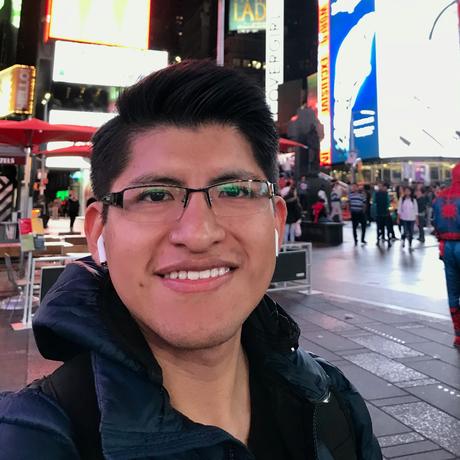BioRisVR
- 0 Collaborators
BioRisVR is a RIS-PACS system that enables radiologists to import real patient 3D brain volumes from computerized tomography so then they can manipulate, resize, and measure this volume by using a Leap Motion sensor and a Cardboard headset. ...learn more
Project status: Published/In Market
Overview / Usage
The BioRisVR project initially began as a RIS-PACS system which manages information about work schedules, warehousing, patients, imaging studies, and doctors of a radiology department in a hospital through the DICOM protocol. While I was working on the project, I realized that there was medical equipment which was able to get 3D and 4D images of patients’ bodies. I wondered if it would be possible to bring these images into virtual reality. So, I developed a web virtual reality application using ThreeJS, CardBoard, WebVR, WebRTC, Blender, and LeapJS. With this application, a radiologist can import a 3D brain volume of a real patient from a computerized tomography scan and he can manipulate, and resize this volume with his own hands using a Leap Motion sensor.
In almost every hospital, there is a radiology department dedicated to get images from patient’s bodies. In addition, there are few professional who analyze these images and draw conclusions. However, these professionals tend to be bottlenecks generating lines and delays for patients. The current project aims to improve radiology work in hospitals by deploying new technologies.
Methodology / Approach
The project started with observation and requirements analysis in a third level Bolivian hospital. When the RIS was completed, it was extended to manage medical images by using the DICOM protocol. These images are provided by computerized tomography equipment as MRI files, which then are converted into OBJ files by using Python, Pillow, and Numpy. Consequently, these OBJ files can be shown in several 3D environments as WebVR in this project.
In addition, a LeapMotion sensor was used to interact with the virtual reality environment.
Technologies Used
ThreeJS, WebGL, WebVR, DICOM, Django





